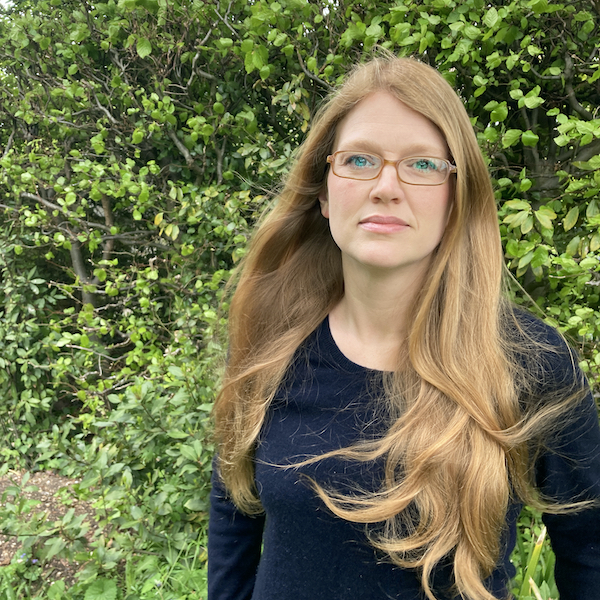Next up in Q&R’s The Big Question, in which we ask leaders in the communications sector to answer one big question, we interviewed Rebecca Kimber CEO of Create.net.
Rebecca Kimber is the co-founder of Create.net, a Brighton-based software company enabling small business owners to design their own website with easy to use, no code, drag and drop tools. Rebecca is passionate about having a positive impact on the planet and is a founding member of The Million Tree Pledge (https://www.milliontreepledge.org) for businesses who want to take radical climate action.

We asked Bek: Where do you start if you want to become a carbon-neutral business?
Whether it’s bleaching coral reefs, devastating forest fires or melting ice caps, the climate crisis is increasingly hitting the headlines. The recent flooding across Europe, London and parts of the UK bring with it the realisation that we are being affected now.
The planet is not waiting until 2050 and the tide needs to change on the talk around this deadline. We can’t continue with ‘business as usual’. We need to be adjusting our habits, purchases and actions now. Not in 30 years time.
If you’ve been thinking the same way and are taking your first steps towards becoming a carbon-neutral business it can feel overwhelming. There’s a lot to consider and some mixed views out there on what’s good and bad. The most important thing is to get informed and take the best steps you can, armed with the information available.
Start with a plan and begin detailing where your business is responsible for carbon emissions at every point. It can be helpful to break this into lists of emissions you are directly responsible for, emissions from customers using your products or services and the emissions along your supply chain. By doing this, you can easily see where responsibility lies and determine more clearly what carbon you can and can’t address at this point in time.
The key is to work through the lists you’ve built and create a green solution for each. You can action everything in the list you are directly responsible for. Any emissions that can’t be eliminated at this point in time can be offset by investing in carbon reduction schemes. As you shift the business to a greener place, less offsetting will be required. If you have a very complex or large business I’d recommend consulting a specialist to help you calculate your footprint correctly.
We used this process to create a spreadsheet of all our suppliers and researched what each one was doing to make their services greener. Some suppliers are on the same path, and others aren’t, so it’s now down to us to change where we need to.
Over the last year we have put sustainability into our company values and this now impacts our business choices. It is an opportunity for us rather than more red tape because through doing this we can be better as a business.
That’s not to say it’s easy, some services we rely on are hard to change, some aren’t moving as fast as we would like. The whole process has made us realise how connected we are with other businesses. If we are all to reach net zero then we have to take actions together. It requires sharing and a collaborative approach to achieve the goal.
If every business does as much as it can to change it’s products and services then we’ll get there faster together. That’s the attitude we are taking for our service. We believe that like us, people want to do the right thing by the environment. Often they don’t see or have the choices readily available to them. By providing our carbon neutral hosting and considering the environmental impact of our services at each turn, we reduce the footprint of all our customers at once. This approach is how we will all create a better future together.
